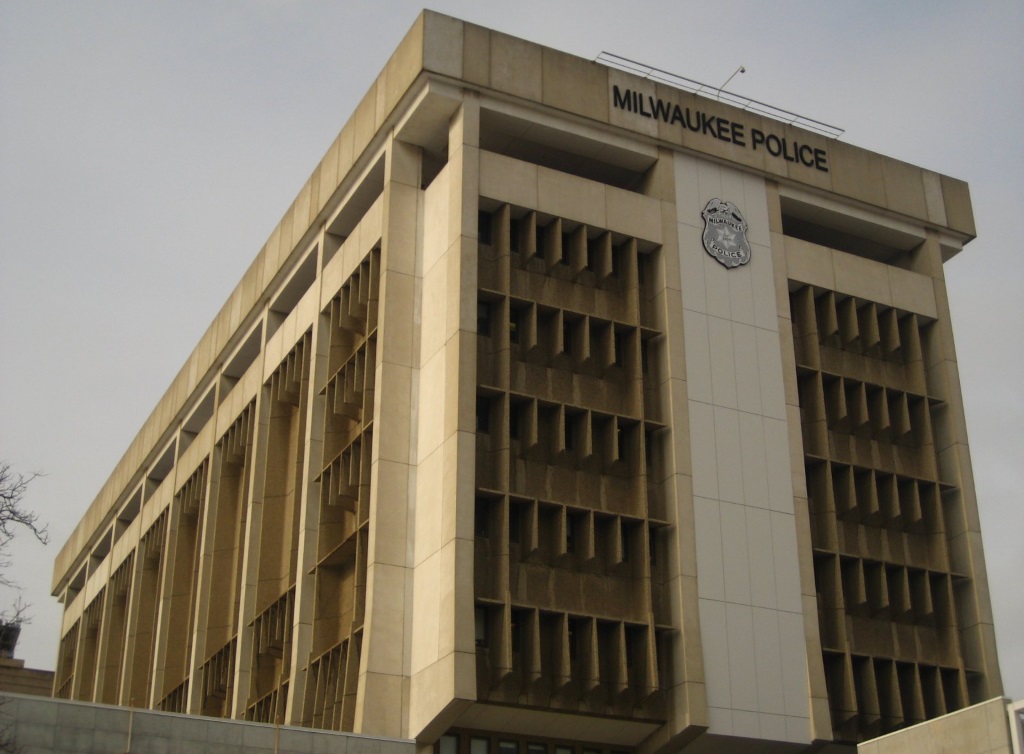Sickle Cell Excuses Killings By Police?
3 of 47 such deaths nationally were in Milwaukee, but county medical examiner defends his decisions.
A new report finds the deaths of Black people in police custody have often been explained by citing the sickle cell trait as a causal factor. The New York Times reviewed more than 6,000 page of reports on the deaths of Black people nationally over the last 25 years and found the genetic trait was cited in 47 police custody deaths, including three in Milwaukee.
Reporters examined autopsy reports, court filings and other records from more than 30 of the largest counties in the nation, where nearly one in three Black Americans live, to find these cases, including three deaths in Milwaukee:
–Jamar Ferguson, 25, in November 2017, who died of “complications of sickle cell trait.”
–Derek Williams, 22, who died in July 2011, with a report citing “sickle cell crisis due to flight from and altercation with police.”
–Mario Mallett, 29, died in 2001, with “acute sickle crisis” cited among causes of death.
While one in 13 African Americans carry the sickle cell trait, it “is almost always benign,” the story noted, yet it shows up frequently to help excuse deaths in police custody.
In about two-thirds of the 47 cases, “the person who died had been forcefully restrained by the authorities, pepper-sprayed or shocked with stun guns,” the story found, yet “the determinations on sickle cell trait often created enough doubt for officers to avert criminal or civil penalties.”
The Derek Williams case received the most attention in Milwaukee. He had been arrested and handcuffed by police on suspicion of robbery, and was sitting in the back seat of a police cruiser, where he complained for 10 minutes that he could not breathe before collapsing. Investigations by the office of Milwaukee County District Attorney John Chisholm and the Milwaukee Police Department cleared the officers involved of any wrongdoing after an autopsy report by Peterson found that Williams died naturally from a “sickle cell crisis.”
Only after the Milwaukee Journal Sentinel obtained and posted the squad car surveillance video of Williams’s final moments did Peterson revise his report to call it a homicide. Yet no police officers were ever charged in the incident. Williams’ family eventually sued the City of Milwaukee and won a $2 million settlement.
“I still firmly believe his death is related to sickle cell,” Peterson now says. Police may have had no idea Williams had sickle cell trait, but “are still responsible” if their handling of that person leads to death, he adds.
Jamar Ferguson, 25, died after a car and foot chase by Milwaukee Police. Peterson’s office “ruled his primary cause of death was complications of sickle cell trait with contributing factors of ‘flight from police,’ the crash, cold weather and seizure,” as Ashley Luthern reported.
“The Milwaukee County Investigative Team, led by West Allis police, investigated Ferguson’s death and found ‘no police force’ was used against him based on a review of body-worn cameras, squad video and officers’ statements,” the story noted. And the district attorney’s office found “no evidence” that conduct by Milwaukee police officers contributed to Ferguson’s death.
The death of Mario Mallett in 2001 came after a struggle with Milwaukee Police. Jeffrey Jensen, the Milwaukee County medical examiner at the time, attributed the death to “undiagnosed sickle cell traits and cold weather.”
The death was one of 10 in the U.S. and United Kingdom which a 2006 study by the Howard Journal of Criminal Justice concluded were wrongly blamed on sickle cell trait.
“Authorities of the criminal justice system have misused sickle cell trait to explain away ten sudden deaths, often associated with forced restraint, of black people in custody,” the study found.
No charges were ever filed against the officers involved in Mallett’s death, but here too, the family sued and the City of Milwaukee settled the suit for $200,000.
Peterson says his experience in the military familiarized him with situations where soldiers with sickle cell trait died after physiological stress.
But in the Times story, Dr. Bruce Mitchell, the former director of hospital medicine at Emory University Hospital Midtown in Atlanta, who has studied sudden death and sickle cell trait, noted that the deaths of some military recruits came after they were “made to run long distances in the heat and with heavy equipment without enough training or conditioning.”
Mitchell was among several doctors and researchers who told the Times “they would be skeptical of in-custody deaths attributed to sickle cell trait, unless the situation also involved other risk factors.”
That, in essence, was Peterson’s conclusion in the Williams case. After first ruling Williams died of sickle cell crisis, he changed this to homicide after seeing the video of how police handled Williams in custody.
Deja Vishny, a longtime defense attorney in Wisconsin, tells Urban Milwaukee she believes there was “clear police misconduct” in all three of the Milwaukee cases cited by the Times. “In all cases, the Black men who died told police they were having problems whether an inability to move or to breathe and police treated them as less than human,” she says. “In the Jamal Ferguson case, the police actions in moving him prior to the arrival of the ambulance clearly contradicts the standard advice given by ambulance companies. And police use significant force against Mario Mallett and Derek Williams and ignored their pleas for help.”
Urban Milwaukee contacted the Milwaukee Police Department and District Attorney Chisholm, asking for comments, and did not hear back.
Murphy's Law
-
National Media Discovers Mayor Johnson
 Jul 16th, 2024 by Bruce Murphy
Jul 16th, 2024 by Bruce Murphy
-
Milwaukee Arts Groups in Big Trouble
 Jul 10th, 2024 by Bruce Murphy
Jul 10th, 2024 by Bruce Murphy
-
The Plague of Rising Health Care Costs
 Jul 8th, 2024 by Bruce Murphy
Jul 8th, 2024 by Bruce Murphy






















